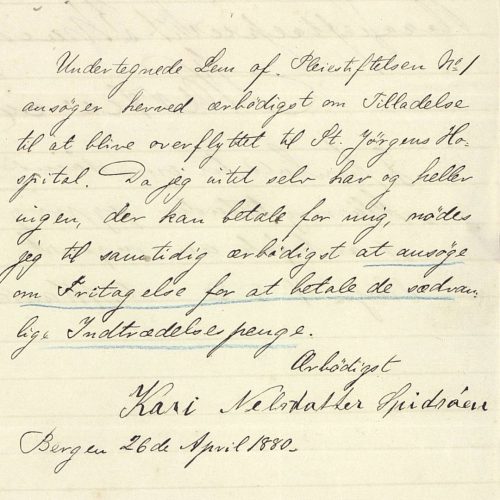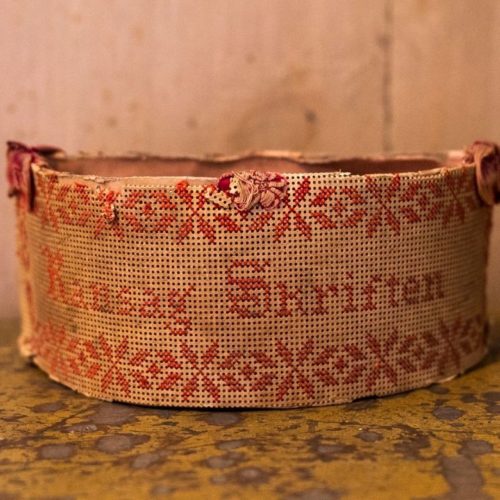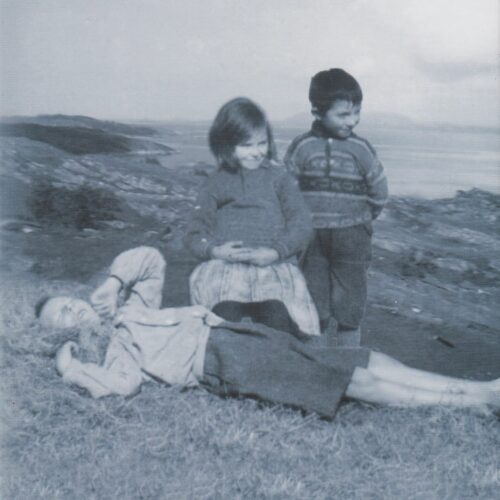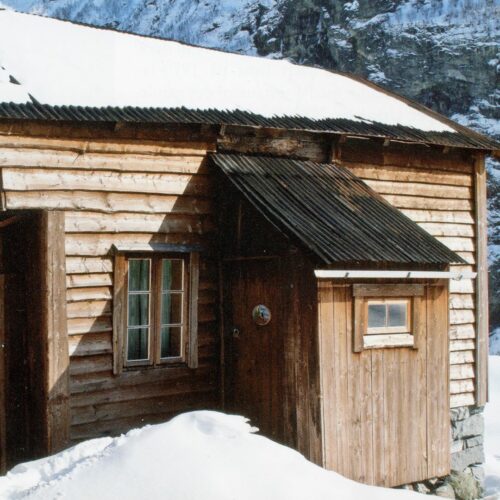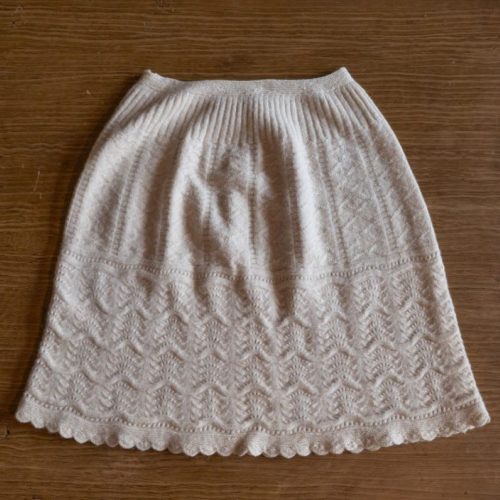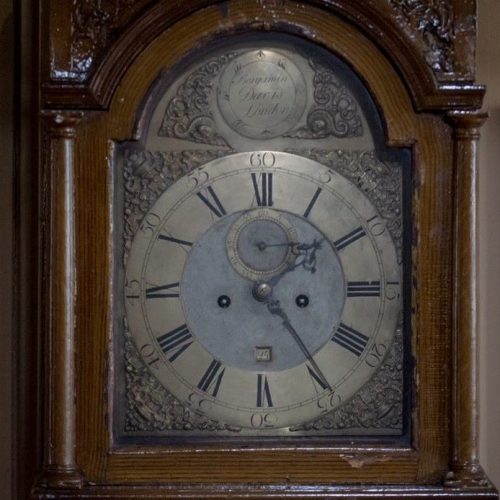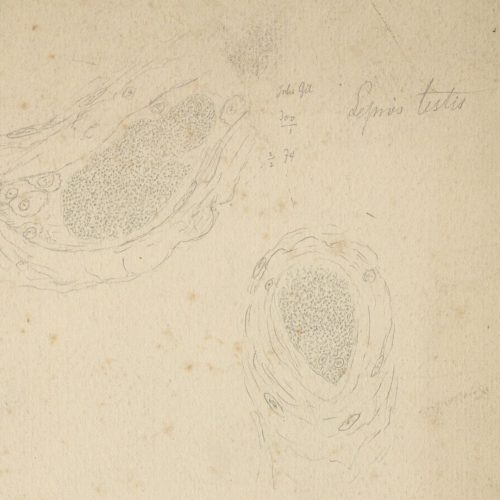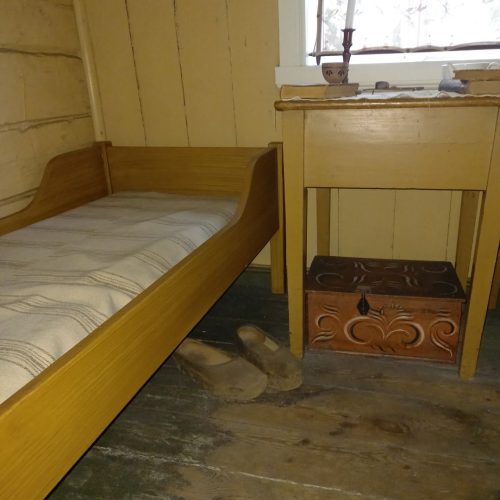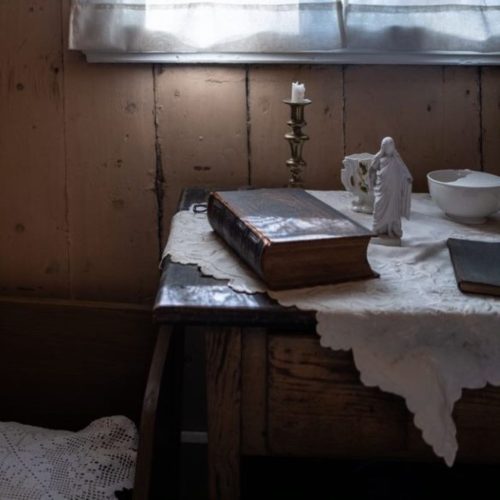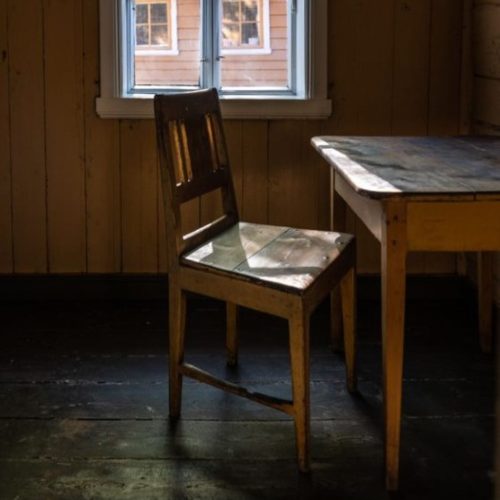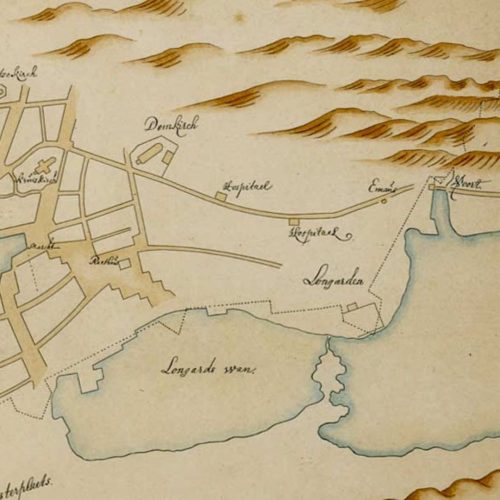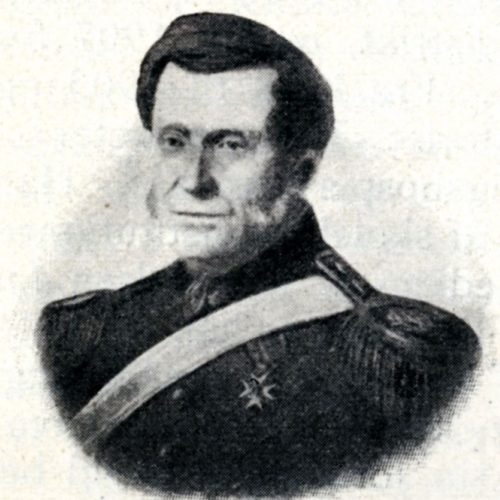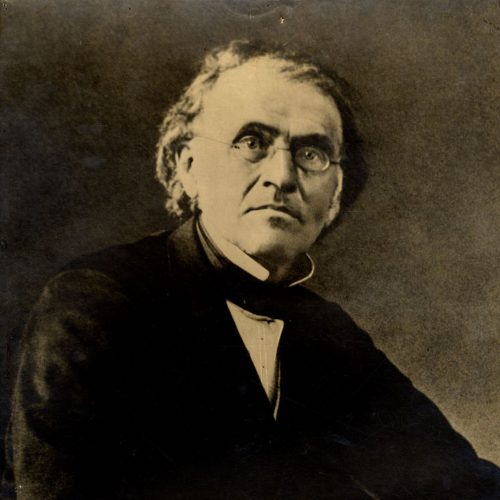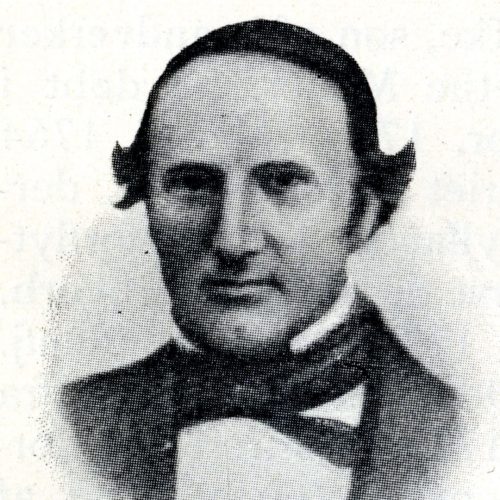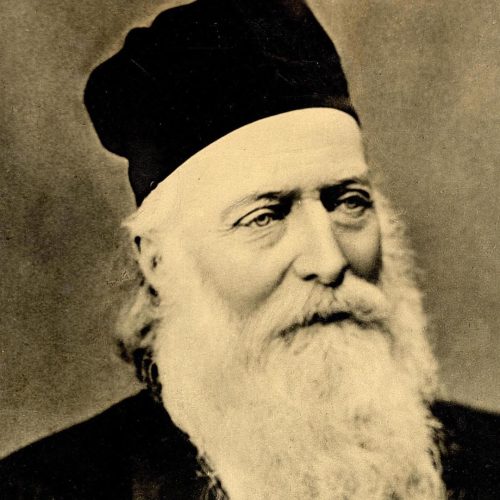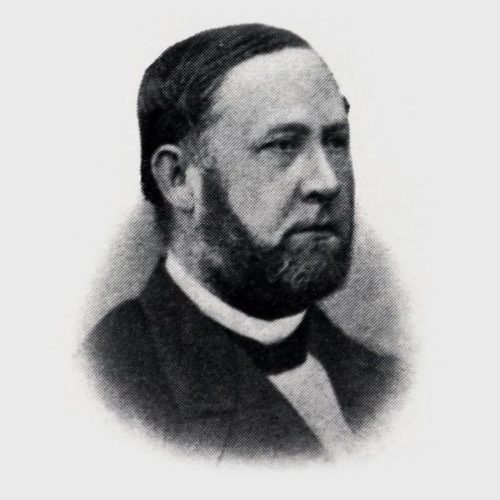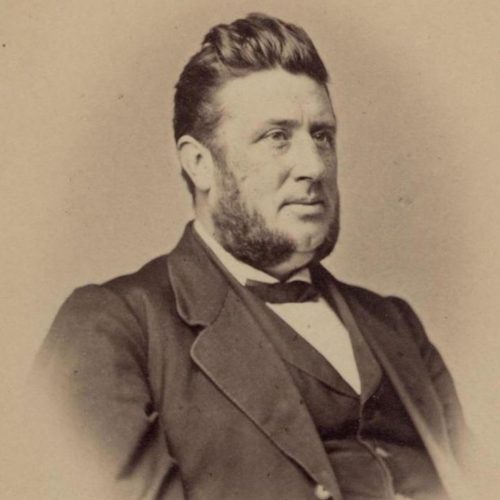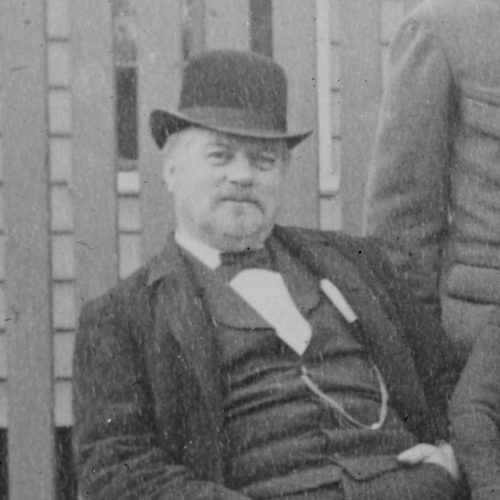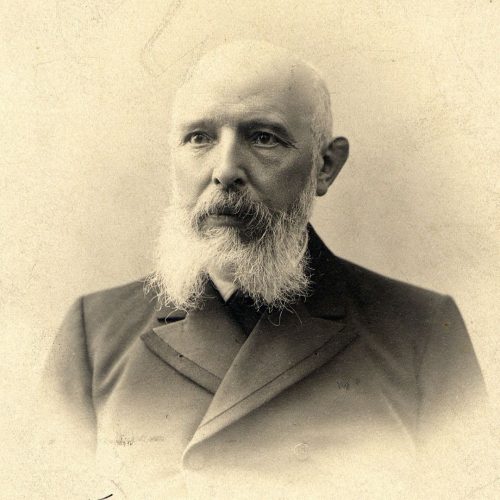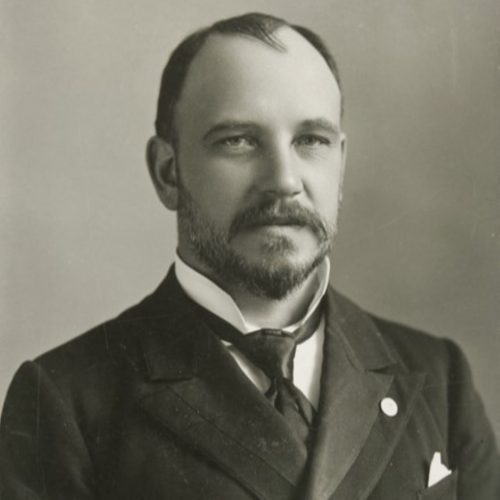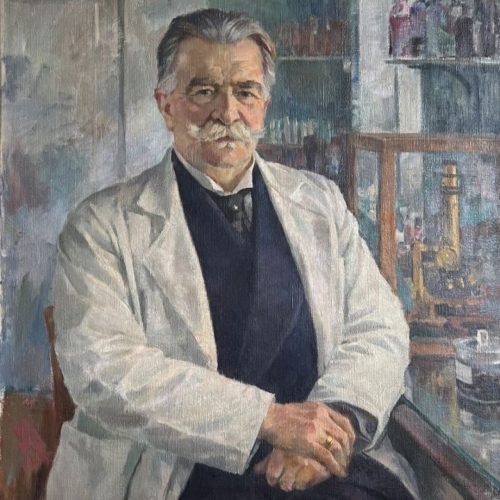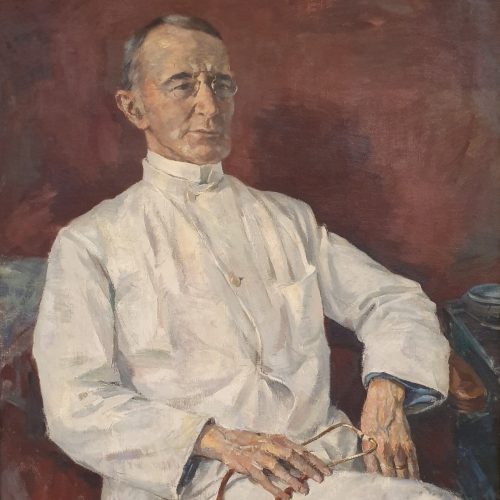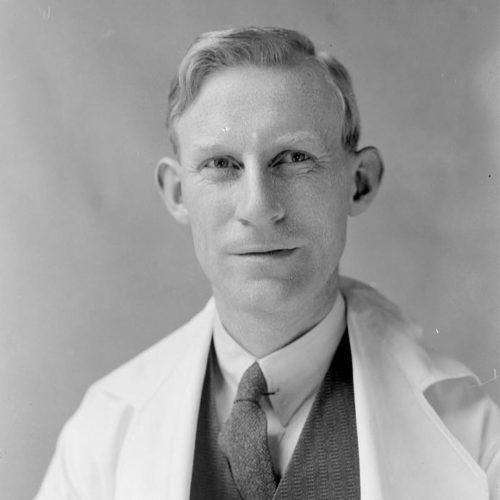The many people who had leprosy
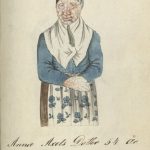
Anna Axels Dotter, resident at St. Jørgen’s Hospital in 1816 © Image courtesy of the Hagströmer Medico-Historical Library, Karolinska Institutet.
Leprosy was a relatively common disease in Norway, all the way from the Middle Ages until the end of the 19th century. When systematic censuses began being taken in 1856, up to three per cent of the population was infected in certain districts along the coast of Western Norway. From 1856 until the last cases of leprosy were diagnosed in the 1950s, we know of 8,231 people who contracted the disease.
How the disease affected those afflicted and the way in which it impacted their lives varied. Many people applied for a place and moved into a hospital, while others remained at home with their families. Some were ostracised from society, while others were relatively well integrated in their local community. For some, living at a hospital felt like the best option, while for others, their unhappiness or homesickness was so great that they moved or ran away. Some experienced their spouse, parents or siblings also becoming ill, while others were the only one in their family to contract leprosy. Some people died after just a few years, while others lived a long life with the disease and ended up dying of other causes.
The history of the many people who lived with leprosy in Bergen, Western Norway and the rest of Norway is a forgotten part of our recent history. The plight of countless individuals has been forgotten. Fortunately, some accounts of what their lives were like live on through their descendants and the archives. There are stories of separation and hard times but also of strong family bonds and the help they received from compassionate human beings.
Jørgine O. Bergsvik
Jørgine Bergsvik (1857–1937) lived for over 50 years at the leprosy hospitals in Bergen, first at Lungegård Hospital and later at Pleiestiftelsen. She lived to be 80 years old, and today a preserved knitted petticoat in an example of how diligently she worked throughout her long life.
Kari Sivertsdatter
Kari Sivertsdatter moved to the healthy ward at St. Jørgen’s the year after her husband was admitted to the hospital. Their son Sivert was also diagnosed with leprosy at the age of 13, but later recovered and was discharged from the hospital. Kari lived at St. Jørgen’s for almost 40 years.
Doctors and leprosy in Bergen
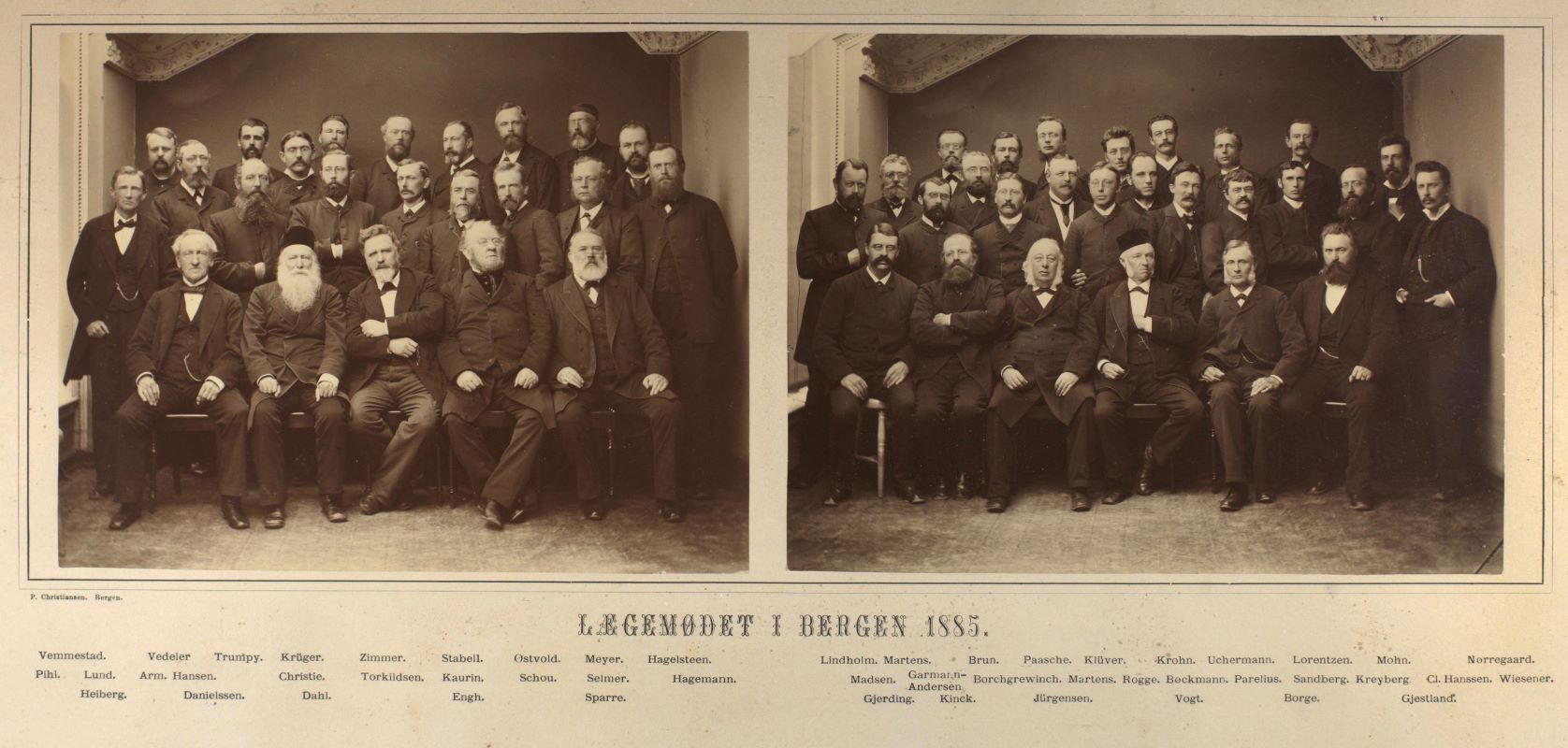
Meeting for doctors i Bergen 1885. Photo: Peder Christiansen. University of Bergen Library.
At the turn of the 19th century, medical activities were already starting to take place at St. Jørgen’s Hospital. Although it was primarily a care institution, a number of the city doctors conducted curative trials at St. Jørgen’s. However, it was only when D. C. Danielssen began practising at the hospital in 1839 that more systematic examinations and treatments were attempted. After Lungegård Hospital opened in 1849, it was primarily there that scientific investigations and curative trials were conducted, while St. Jørgen’s and Pleiestiftelsen were largely used as care institutions.
During the second half of the 19th century and the first half of the 20th century, a number of doctors worked on leprosy for all or part of their careers. A number of them were affiliated with several of the leprosy hospitals, either during different periods or at the same time. For example, Armauer Hansen was both a doctor at Pleiestiftelsen Hospital and an assistant physician at Lungegård Hospital, as well as doctor at St. Jørgen’s and Chief Medical Officer for Leprosy.
The doctors had different points of view on many matters, not least on the cause of the disease and possible treatments. What they had in common, however, was their dedication and extensive efforts to gain more knowledge about the disease. Such efforts included autopsies and observations, urine and blood analyses, and eventually microscopic analysis of tissue samples.
When Reidar Melsom stopped working as a doctor at Pleiestiftelsen Hospital in 1957, it signified the end of an era that spanned over a century of extensive efforts by doctors specialising in leprosy. You can read more here about the most important doctors from that period.

